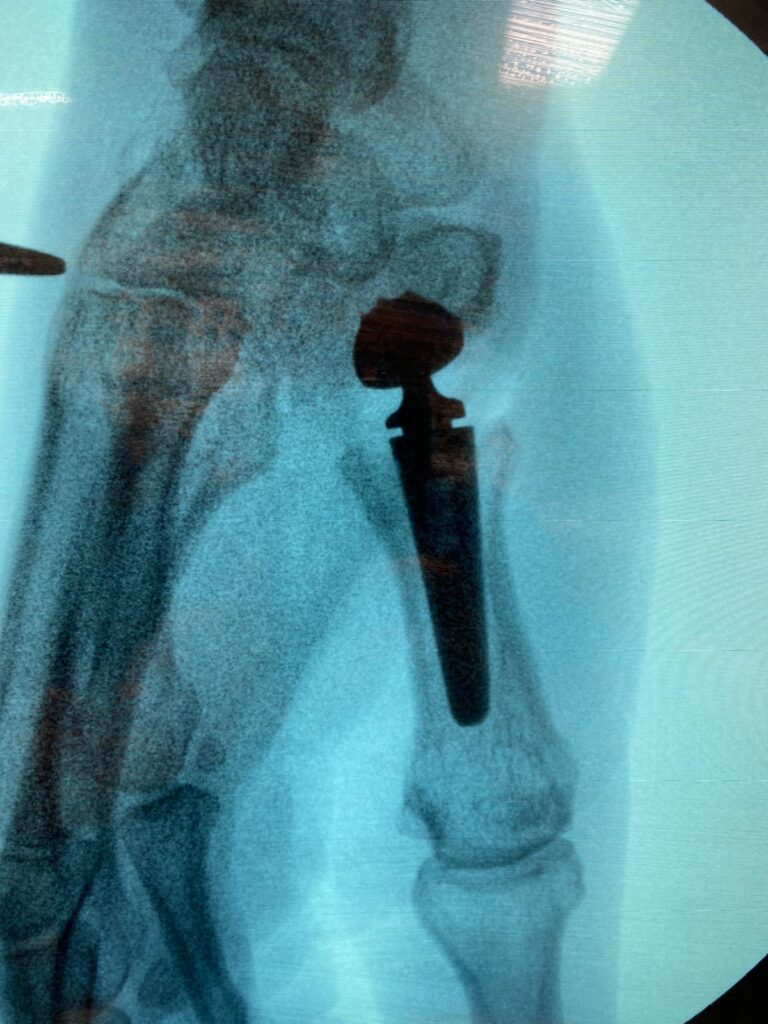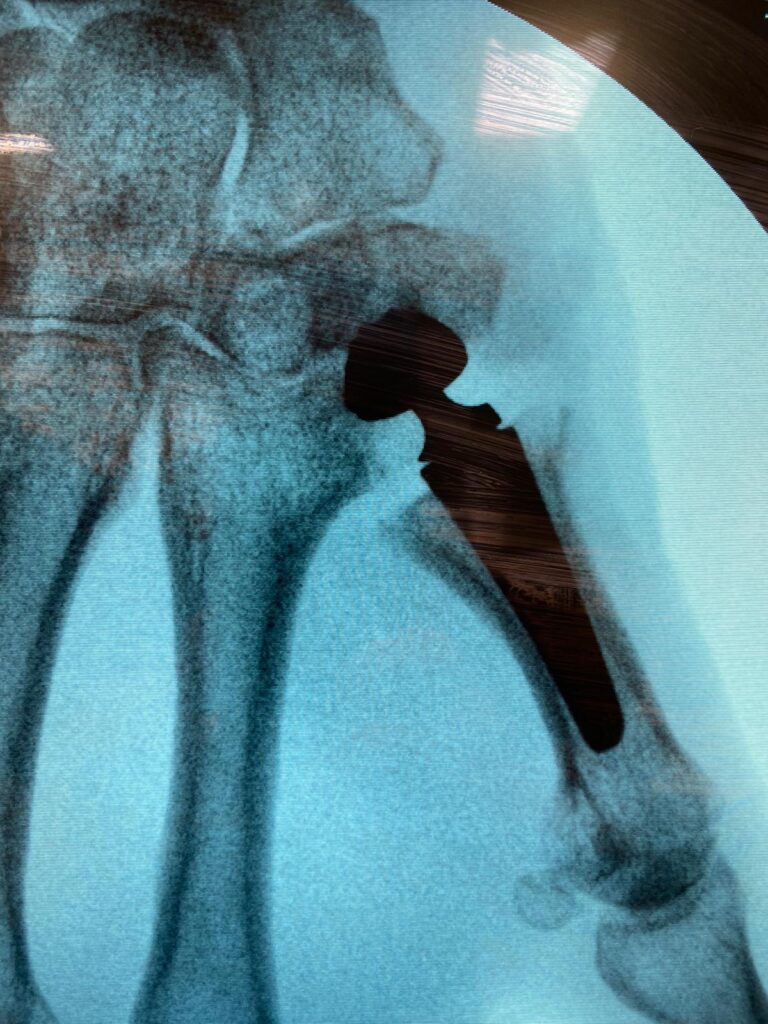Joint replacement in the Hand and Wrist
Mr Naqui is responsible for organising national level courses teaching surgeons in the methods of joint replacement. Find out more
What is a joint replacement?
Artificial joints are continuing to be developed for the hand and wrist. These are usually used as a method of managing a painful joint arthritis (hyperlink to wrist, finger, thumb arthritis).
The aim of a joint replacement is to relieve pain whilst maintaining joint movement.
Which joints can be replaced?
There are now replacements for nearly every joint. This includes all 3 finger knuckles, the thumb base joint and the wrist (radio-carpal joint and or the distal radio-ulnar joint).
For some joints (such as the base of the thumb and the wrist) replacements are still considered to be slightly experimental with less knowledge about the long term outcome. For some types of joint replacements of the first and middle finger knuckles there is better long term information about their reliability.
Depending on your circumstances Mr Naqui may offer a joint replacement as an option for your joint.
What are the alternatives?
Conservative measures such as pain relieving medication, splintage and physiotherapy are first line treatments. Steroid injections can give effective pain relief in some patients.
Alternative forms of surgery include arthroscopic joint debridement, types of joint fusion and reomoval of part or whole of a bone. The aim of all of these methods is to relieve pain and maintain movement in the joint.
What tests will I have should I need a joint replacement?
The first step is to undergo a consultation, involving a medical history and clinical examination. Mr Naqui usually organises further tests such as an x-ray, CT or MRI scan. These may help to identify the extent of any arthritis and the quality of the cartilage. In some cases Mr Naqui may first perform a wrist or small joint arthroscopy (hyperlink to wrist arthroscopy).
What does the surgical treatment involve?
The most frequent procedure I offer is a base of thumb joint replacement (arthroplasty). Sometimes you may require an alternative such as fusion or removal of the bone (trapezium/trapeziectomy) and ligament reconstruction. Following consultation and imaging we will discuss what is best for you.
In a joint replacement, an artificial implant (which looks like a miniature hip replacement) is inserted into the joint.
Mr. Naqui performs base of thumb arthritis surgery at a number of hospitals around Manchester, see Hospitals page. The surgery usually lasts 45 minutes and is a day case procedure requiring regional or general anaesthetic, see FAQs page. The surgical scar is usually 4 to 5cm long. The thumb will be wrapped in a soft padded dressing. You will be able to use your fingers and thumb for light touch activities immediately. Full pain relief from arthritis can often be achieved within 3 days.
X-rays of thumb joint replacement


What happens after the surgery?
Taking simple painkillers such as paracetamol regularly for the first 2 days after the operation will help to relieve any post-operative pain. Stitches will be removed at 10-14 days after the operation either at your GP or at the hand clinic. Mr. Naqui and the hand therapist will provide you with specific exercises to perform after the surgery but early finger and thumb movements are advised. You will usually be required to wear a protective splint for a period of 4-6 weeks. You should be able to drive within 2 weeks.
Watch Video
6 weeks after joint replacement surgery
When I can return to normal activity (work, driving, sports)?
If you perform lifting at work it is advised to stay off work for a period of 6-12 weeks depending on the extent of lifting you do. If you work in an office a period of 1-2 weeks off work is sufficient provided you can work with a splint on your hand.
Mr. Naqui will discuss your return to sport with you, depending on your requirements.
What are the complications of surgery?
Thumb joint replacement is considered a reliable procedure. The risks of infection and nerve injury are small. In a very few cases some pain could persist. In these cases, if a joint replacement does not settle then a trapeziectomy can be performed.





